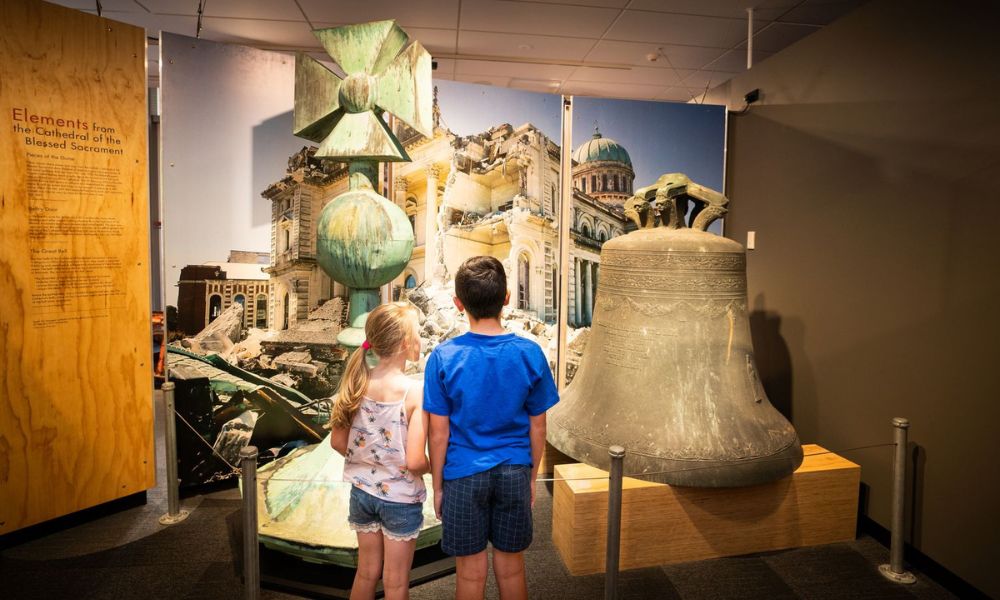Natural Hazards Commission prepares New Zealand’s youth for disaster risks

Natural Hazards Commission prepares New Zealand’s youth for disaster risks | Insurance Business New Zealand
Catastrophe & Flood
Natural Hazards Commission prepares New Zealand’s youth for disaster risks
Partnerships align with latest International Day for Disaster Risk Reduction theme
Catastrophe & Flood
By
Roxanne Libatique
The Natural Hazards Commission Toka Tū Ake (Natural Hazards Commission) has partnered with schools and museums throughout New Zealand to educate young people on natural hazards and disaster preparedness.
These collaborations are designed to increase awareness among tamariki (children) and rangatahi (youth) about the geological forces that shape the country.
Natural Hazards Commission’s museum partners
At Wellington’s Te Papa museum, students can participate in earthquake simulations through the Earthquake House and gain insights into how tsunamis form via interactive exhibits. These hands-on experiences aim to deepen young people’s understanding of earthquake risks, volcanic activity, and New Zealand’s overall vulnerability to natural disasters.
Online disaster preparedness education
Beyond museum programs, virtual learning has become an essential tool in disaster education.
Through LEARNZ/CORE Education, students can take virtual field trips to significant geological sites like Mt Taranaki and the Alpine Fault. These virtual experiences allow students to explore New Zealand’s natural hazards and their potential impacts without leaving the classroom. The curriculum-supported trips are intended to bolster students’ understanding of disaster risk and preparedness.
Online tools also play a role in educating New Zealand’s youth. The “What’s The Plan, Stan?” game teaches kids about preparing for emergencies by assembling emergency kits, securing household items, and learning key safety procedures for different disaster scenarios.
The East Coast LAB initiative extends education into the community, bringing scientists and emergency managers to schools to discuss natural hazards and ways to mitigate risks.
The survey found that only 33% of homeowners with insurance were confident they understood what their policies covered regarding damage caused by natural hazards. Additionally, just 26% of respondents felt certain about their coverage for land damage.
The survey underscores the need for both increased public education on disaster preparedness and better communication between insurance providers and policyholders. Homeowners are encouraged to take proactive steps to ensure they are fully informed about their insurance coverage in the event of a natural disaster.
Related Stories
Keep up with the latest news and events
Join our mailing list, it’s free!






